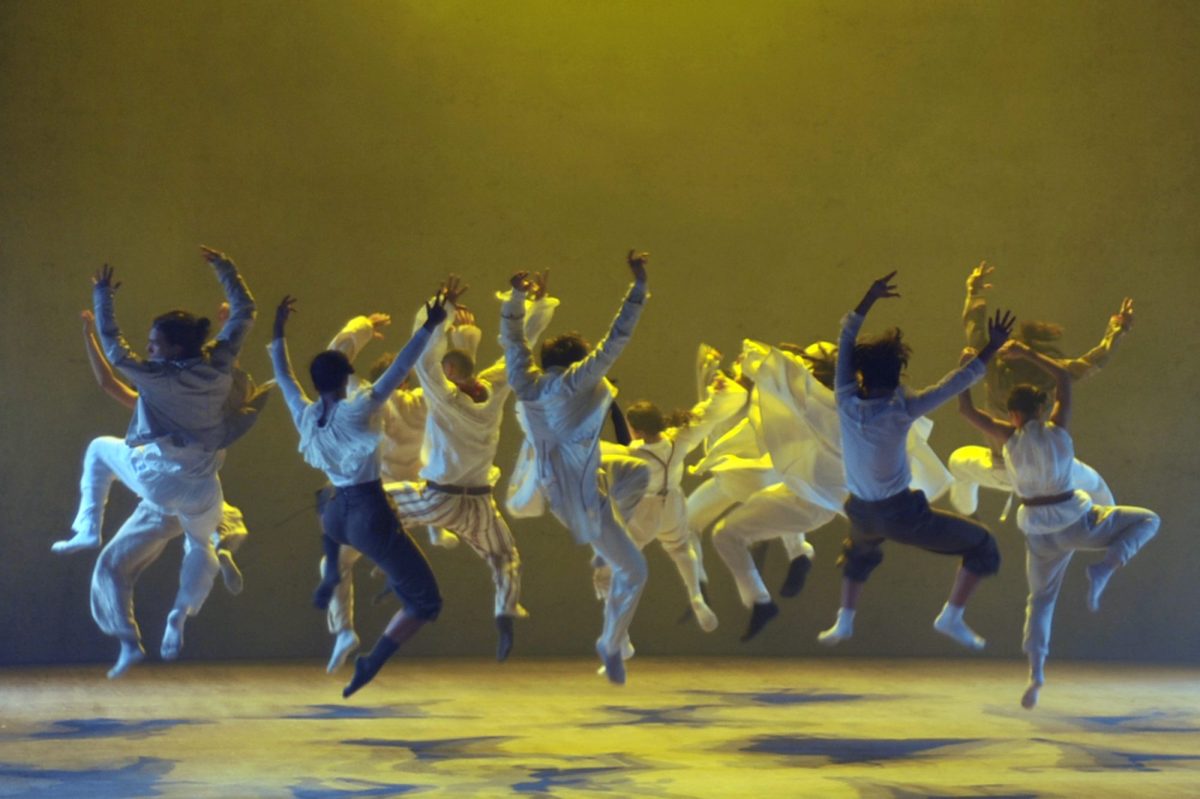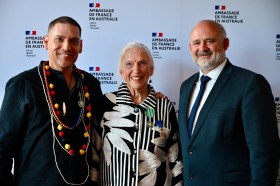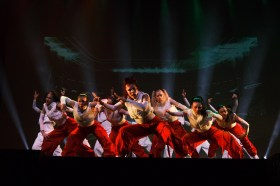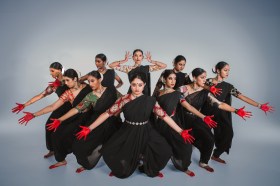In this article
In response to an ever-increasing uncertainty and precarity in the arts sector, we are witnessing a palpable shift towards more innovative, agile and adaptive models of collaboration and productivity. An artist’s own propensity for creativity, entrepreneurial drive and self-management are becoming highly prized commodities in a highly fluid, post-pandemic market. It’s a market where few Australian contemporary dance organisations can support a full-time ensemble, compounding the challenge for any independent artist to resource an ongoing, sustainable career pathway.
Review results
Nowhere is this phenomenon more prevalent than in NSW and Sydney. After a six months of dance sector consultancy and review, it is evident that the pipeline of creative productivity is broken and not functionally servicing artists, audiences and communities.
The early-career space appears well-serviced and, despite incursions into the independent arena, the majors continue to cater to a very particular audience segment. However, where is the catchment piece at the beginning of the pipeline to attract, embed and retain new graduates? And what of the middle ground? Performing Lines, as a national multi-art form producer, cannot pick up all the mid-career and established dance artists in NSW alone. Thus, our artists are continually forced to leave our shores or transition into other more sustainable careers. The net result is a diminishing in our overall creative capital in Sydney and NSW.
Everybody loses. Our artists, our audiences, our investors and our community at large.
Through a perfect storm of shifting leadership, strategic priorities and poor longitudinal investment strategies, we are witnessing contemporary dance (already considered by many as a niche art form) becoming annexed or simply reduced to servicing other art disciplines. Additionally, venues are closing their doors, forcing contemporary dance audiences away from the collective experience and back onto their screens, alone.
The power of contemporary dance
Dance is a call to assemble. Its very power lies in a cohesive capacity to pull, to gather and to pull together. However, the global arts sector is itself still undergoing dynamic challenges on all fronts, with post-pandemic consumer confusion and discretionary spending at an all-time low. Now throw that against a backdrop of ongoing climate threat, growing geopolitical instability and critical shifts in race, gender and First Nations sovereignty.
Where, oh where is the circuit-breaker?
The nineties and noughties remain a golden age for contemporary dance in Sydney. This was a time when the pipeline of creative productivity was at its most robust and supportive, with a series of overlapping tenures held by a dedicated and informed leadership.
Past leaders
At one end Wendy Martin at Sydney Opera House offered an annual Spring Dance Festival, a platform where diverse international, national and local programming could creatively collide, converse and collaborate. At the other end, Amanda Card sat at the helm of One Extra, an organisation dedicated to independent producing, operating out of the Seymour Centre.
The leadership of Angharad Wynne-Jones (1994-97) and Fiona Winning (1999-2008) cradled a thriving dance and performance community around Performance Space, when it was resident at Cleveland Street and Kate Champion returned to Australian shores to establish a new dance-theatre company, Force Majeure. Sector development was successfully led by Critical Path and FORM Dance Projects, with Ausdance NSW holding a relevant place in a nationwide portfolio of service provision. Sydney has seemingly lost the creative tensegrity that, in other state capitals, successfully supports and scaffolds the dance ecologies of Melbourne and Perth.
Read: Dance reviews: Sixbythree, Riverside Theatres
If it is to reclaim this golden era position, Sydney needs its own mid- to large-scale venue dedicated to the development and presentation of contemporary dance. An organisation that champions the production of original Australian work, while presenting the best from the national and international touring circuit. A venue with a clear strategy for engaging and developing audiences for contemporary dance in Sydney and NSW.
UK model
Sadlers Wells in the UK is one of the most successful dance producer/presenter models in the northern hemisphere, servicing London’s population of 8.9 million. At 5.3 million, Sydney has more than half of London’s inhabitants. Simply put, where is the Sadlers Wells of Sydney? Yes, the historical and cultural contexts are different, but the market opportunities are boundless, especially when viewed from our strategic position in the Asia-Pacific region.
I believe that FORM Dance’s IDEA Festival is, for now, a step in the right direction. With Sydney-wide satellite partners Critical Path, Brand X, Qtopia, Riverside Theatres and the Opera House, IDEA’24 aims to effectively create a new pipeline of opportunity and productivity both up and downstream, Sydney-wide. This will include the hosting of master workshop programs, the development and presentation of new Australian-made work, international programming, plus local, regional and international touring through our venue and festival partner networks.
Central to that network is FORM’s current home base in Riverside Theatres, Parramatta. Riverside recently launched its new precinct design as Western Sydney’s Centre of the Arts – 2028. We look forward to the potential of what the IDEA/Riverside partnership can bring to our dance artists and dance audiences in Western Sydney.
Read: Winning design for $188 million Riverside Theatres redevelopment revealed
Until that time, FORM Dance continues to advocate for a dedicated dance house to retain and develop our local talent in readiness for the world stage. Without a clear strategy to build that capacity in our own backyard, the fear is that our dancing days in Sydney could be numbered.






